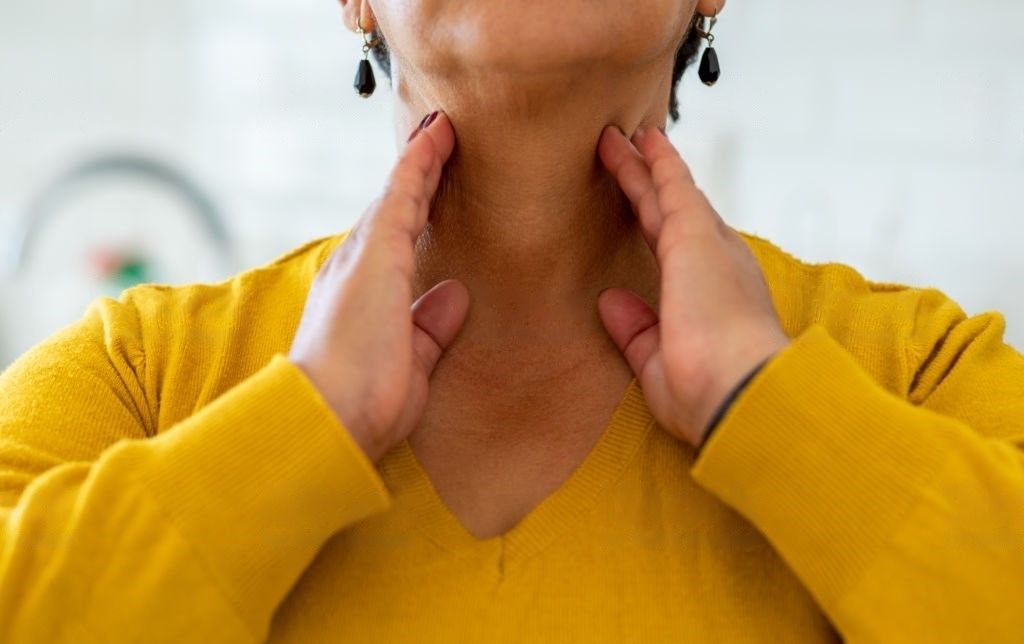A Guide to Hypothyroidism: Causes, Treatment, and More
While hypothyroidism can be a lifelong illness, with proper treatment and lifestyle changes, people can live healthy and productive lives.

Hypothyroidism, one of the most common endocrine disorders, affects many people worldwide. The condition involves an underactive thyroid gland that fails to produce adequate thyroid hormones, significantly impacting the body's metabolic processes. This blog post delves into the causes, treatment, and other aspects of hypothyroidism, with a view to providing a well-rounded understanding of this medical condition.
Causes of Hypothyroidism
1. Hashimoto's Thyroiditis
This autoimmune disorder is the most common cause of hypothyroidism. In Hashimoto's, the immune system mistakenly attacks the thyroid gland, impairing its ability to produce thyroid hormones. Over time, this results in a decline in thyroid function.
2. Treatment for Hyperthyroidism
People who receive treatment for hyperthyroidism (an overactive thyroid), such as radioactive iodine treatment or surgery, may end up with hypothyroidism. These treatments can result in the thyroid gland producing fewer hormones than the body needs.
3. Medications
Certain medications, such as lithium, used for treating psychiatric disorders, can interfere with thyroid hormone production, leading to hypothyroidism.
Treatment for Hypothyroidism
1. Thyroid Hormone Replacement Therapy
The most common treatment for hypothyroidism is thyroid hormone replacement therapy, typically involving the synthetic thyroid hormone levothyroxine. This medication restores adequate hormone levels, reversing the symptoms of hypothyroidism.
2. Regular Monitoring
Regular monitoring of thyroid function is essential during treatment. Doctors typically adjust the dosage of levothyroxine based on blood tests measuring thyroid-stimulating hormone (TSH) levels.
Living with Hypothyroidism
1. Healthy Diet
A balanced diet that includes selenium and iodine can support thyroid health. However, avoid consuming these nutrients excessively as they can disrupt thyroid hormone production.
2. Regular Exercise
Regular exercise can help manage weight gain and depressive symptoms associated with hypothyroidism. It also aids in overall well-being.
SUMMARY
Understanding the causes and treatment options for hypothyroidism can greatly aid those living with this condition. While hypothyroidism can be a life-long condition, with appropriate treatment and lifestyle modifications, individuals can lead healthy and productive lives.
Jayti Shah is a Clinical Nutritionist with a master's degree in Clinical Nutrition and Dietetics. She is a member of the Indian Dietetic Association (IDA). Over the last 9 years, she has helped 400 clients in their clinical and weight loss journeys. She works with SocialBoat as a nutrition consultant.
At SocialBoat, we offer custom diet plans and guided workouts to help you achieve your goals in a 360-degree approach. Our gamified experience ensures that you don’t find workouts boring and we reward you for being consistent with your efforts.

REFERENCES
Caturegli, P., De Remigis, A., & Rose, N. R. (2014). Hashimoto thyroiditis: clinical and diagnostic criteria. Autoimmunity reviews, 13(4-5), 391-397. https://www.sciencedirect.com/science/article/pii/S1568997214000233
De Leo, S., Lee, S. Y., & Braverman, L. E. (2016). Hyperthyroidism. The Lancet, 388(10047), 906-918. https://www.thelancet.com/journals/lancet/article/PIIS0140-6736(16)00278-6/fulltext
Lazarus, J. H. (1998). Lithium and thyroid. Best Practice & Research Clinical Endocrinology & Metabolism, 12(1), 123-131. https://www.sciencedirect.com/science/article/abs/pii/S1521690X98900087
Chakera, A. J., Pearce, S. H., & Vaidya, B (2012). Treatment for primary hypothyroidism: current approaches and future possibilities. Drug design, development and therapy, 6, 1 https://www.ncbi.nlm.nih.gov/pmc/articles/PMC3267517/
Garber, J. R., Cobin, R. H., Gharib, H., Hennessey, J. V., Klein, I., Mechanick, J. I., ... & Woeber, K. A. (2012). Clinical practice guidelines for hypothyroidism in adults: cosponsored by the American Association of Clinical Endocrinologists and the American Thyroid Association. Endocrine Practice, 18(6), 988-1028 https://journals.aace.com/doi/pdf/10.4158/EP12280.GL
Zimmermann, M. B., & Köhrle, J. (2002). The impact of iron and selenium deficiencies on iodine and thyroid metabolism: biochemistry and relevance to public health. Thyroid, 12(10), 867-878. https://www.liebertpub.com/doi/abs/10.1089/105072502320908312
Duntas, L. H., & Maillis, A. (2013). Hypothyroidism and depression: salient aspects of pathogenesis and management. Minerva Endocrinologica, 38(4), 365. https://www.minervamedica.it/en/journals/minerva-endocrinology/article.php?cod=R07Y2013N04A0365
